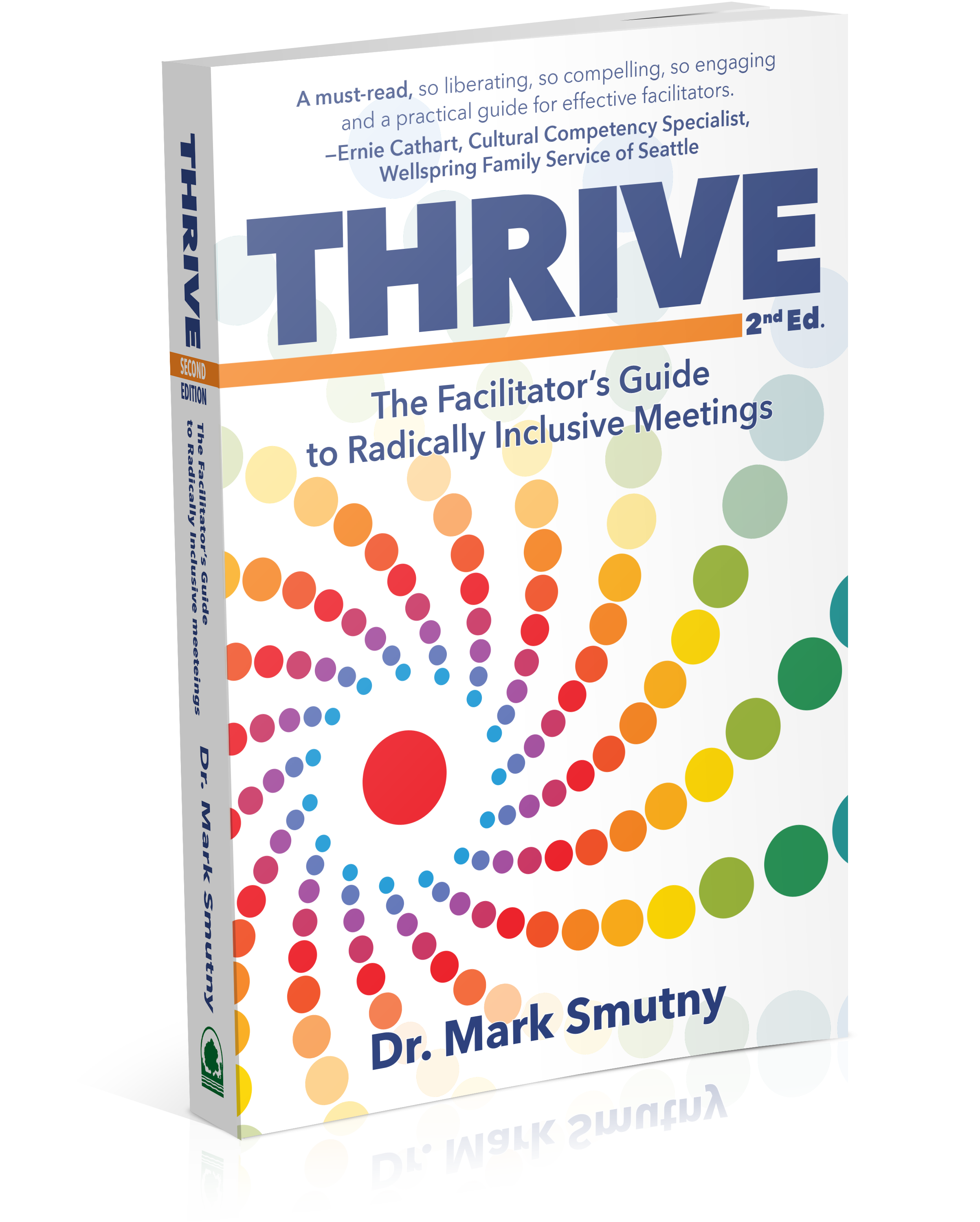 Strategic Planning: A Lifeline for Nonprofits in Uncertain Times by Dr. Mark Smutny
Strategic Planning: A Lifeline for Nonprofits in Uncertain Times by Dr. Mark Smutny
In periods of economic turbulence, such as high inflation triggered by tariffs, nonprofits face unique challenges. These organizations often operate on tight budgets and rely heavily on donations, which can dwindle during financial strain. Strategic planning becomes not just a tool but a lifeline.
Strategic planning is not about predicting the future—it’s about preparing for it. It equips nonprofits with the ability to adapt, pivot, and thrive in the face of uncertainty. By setting clear goals, identifying risks, and allocating resources wisely, nonprofits can ensure their mission remains intact, even when external circumstances are unpredictable.
Taking time for strategic thinking is invaluable. It allows leaders to step back from day-to-day operations and focus on the bigger picture. This dedicated time fosters creativity, collaboration, and innovation, enabling nonprofits to anticipate challenges and seize opportunities.
In essence, strategic planning is the compass that guides nonprofits through the stormy seas of economic uncertainty. It’s not a luxury—it’s a necessity. Investing in this process today can safeguard the impact and sustainability of your organization tomorrow.
Seeking a Strategic Planning Consultant?
With decades of experience leading nonprofits in business associations, services for the homeless, affordable housing, transportation services, and faith-based organizations, Dr. Mark Smutny is available to assist you with your nonprofit’s strategic plan.
Contact:
Email: mark.smutny@civicreinventions.com 
Website: https://civicreinventions.com
LinkedIn: (25) Mark Smutny | LinkedIn
Book: Thrive: The Facilitator’s Guide to Radically Inclusive Meetings, 2nd edition.
